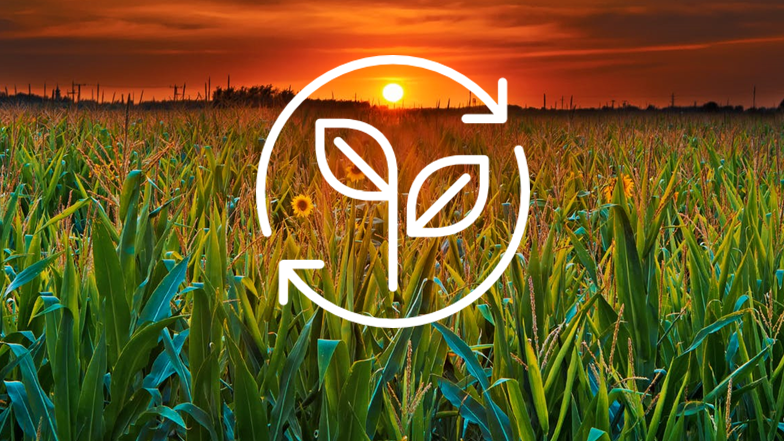Soil-to-soil technology: A giant step towards “Atmanirbhar Bharat” and a greener future
Exponentially increasing energy demand, pollution reduction, and waste management are few challenges India is facing now. Soil-to-soil technology can be a solution to all these issues.




